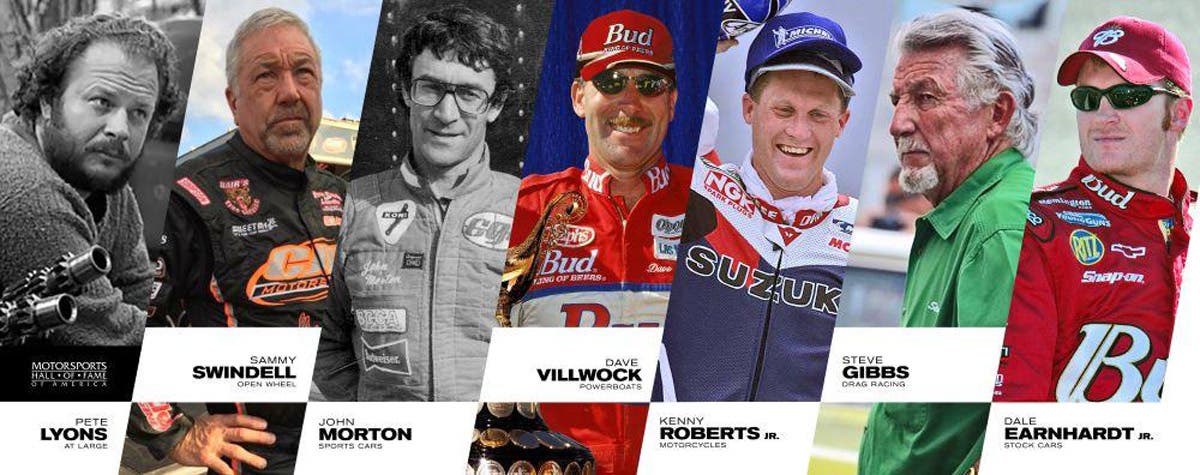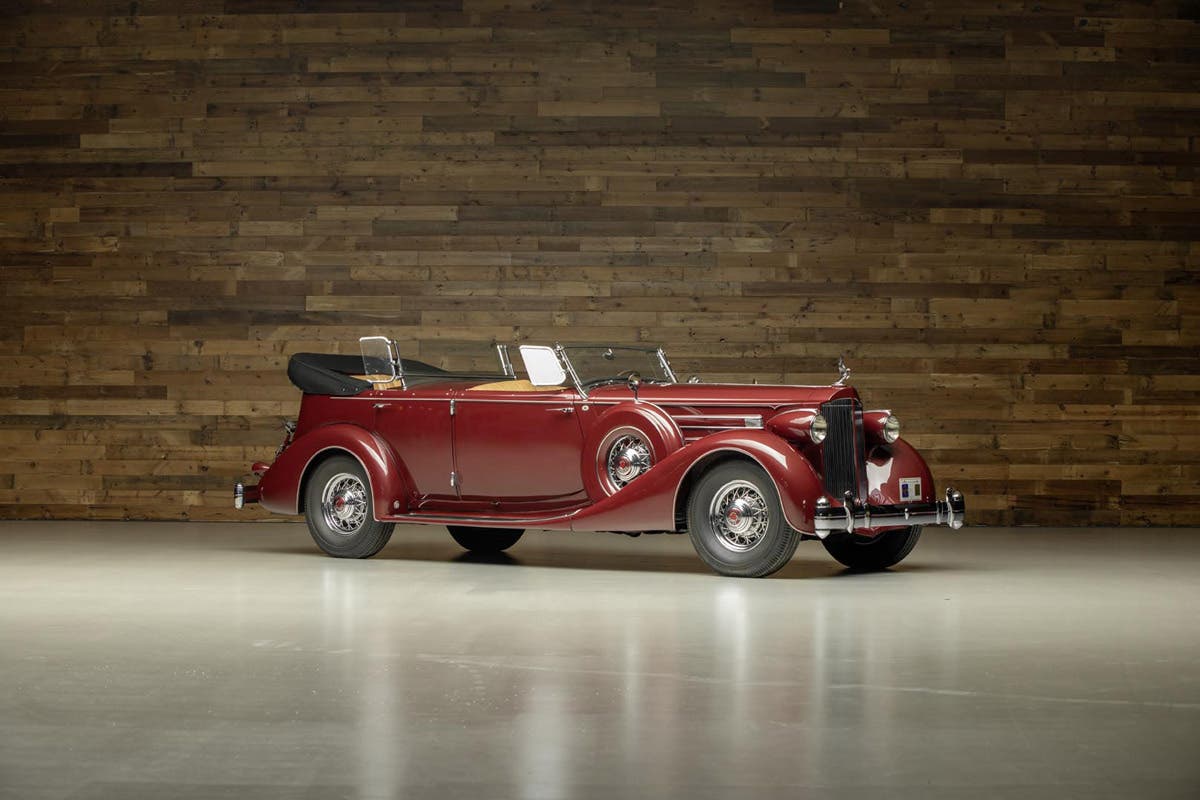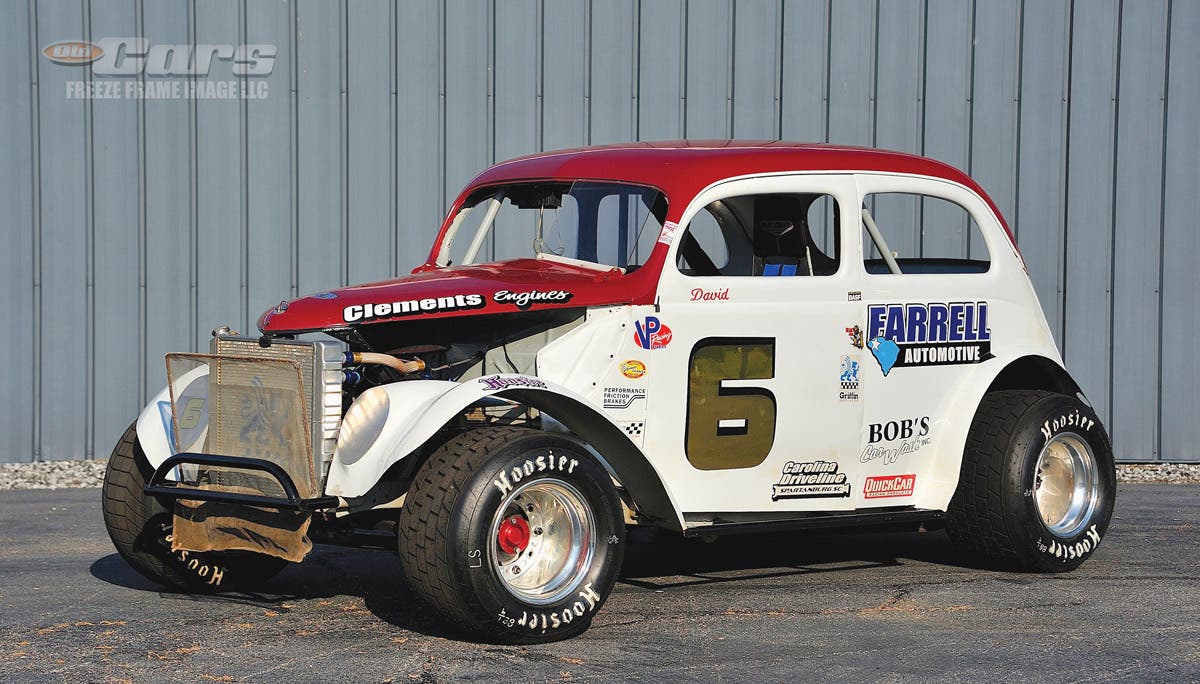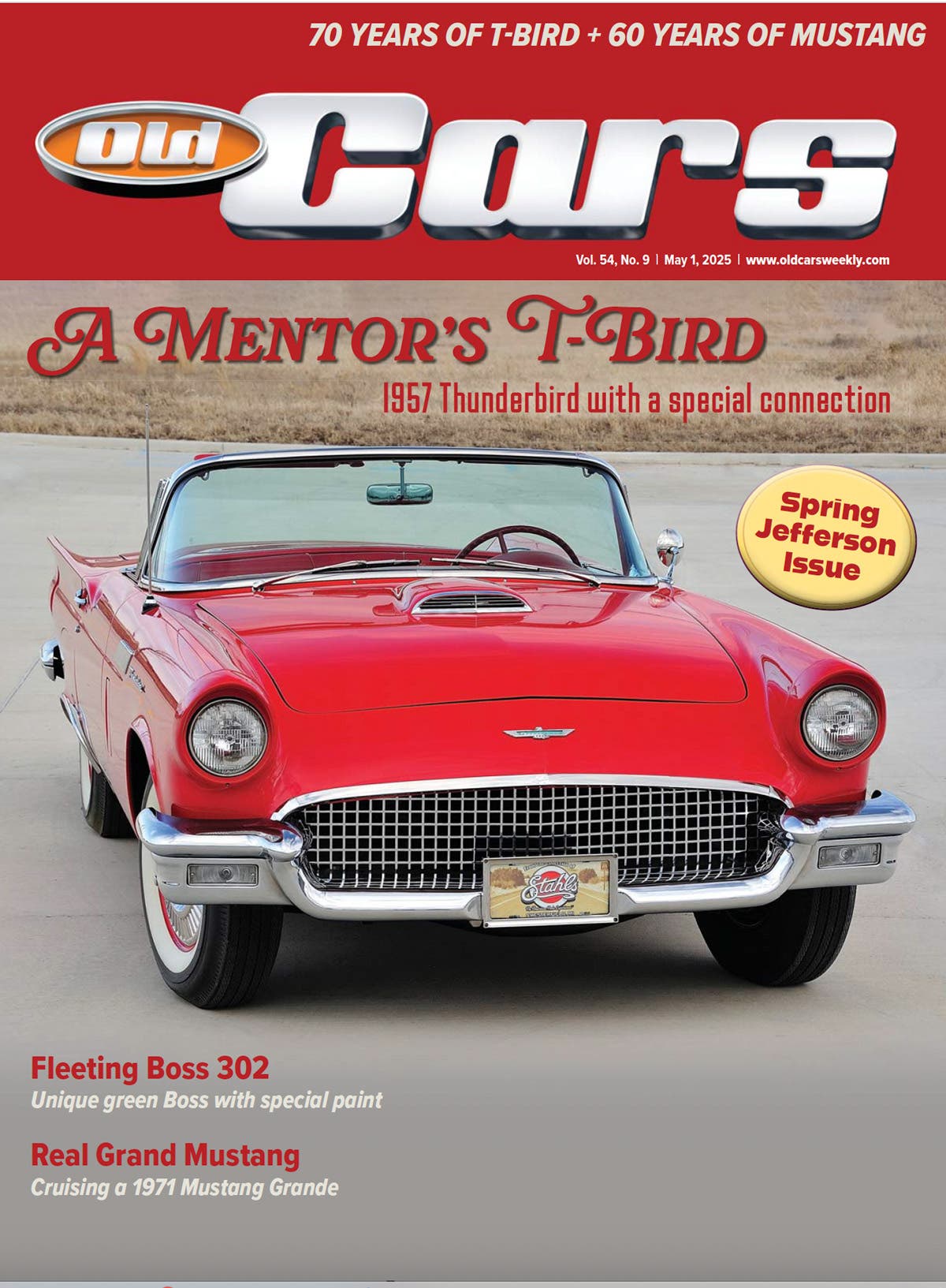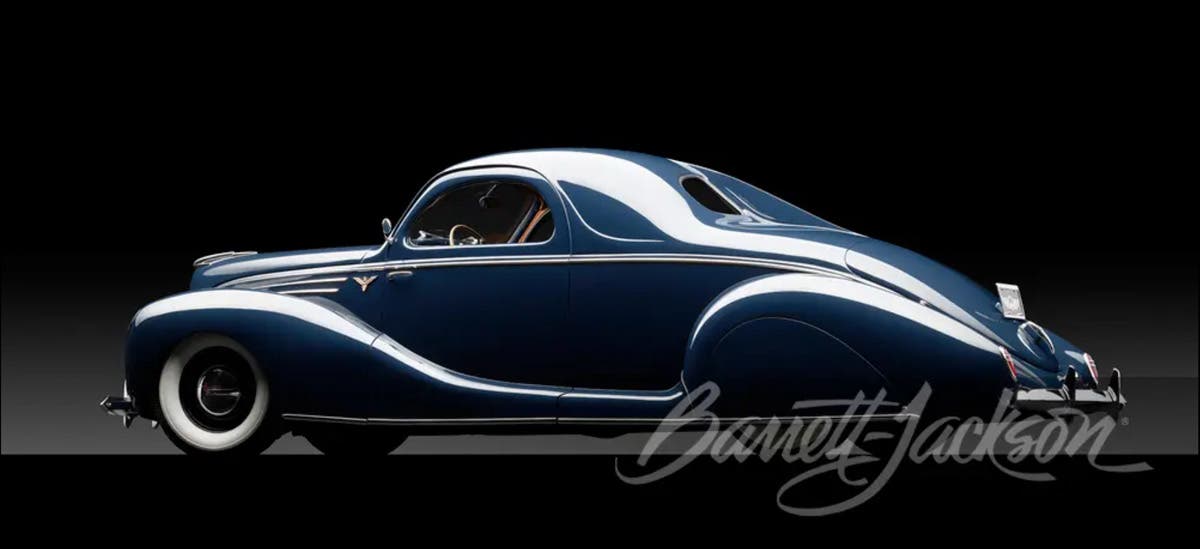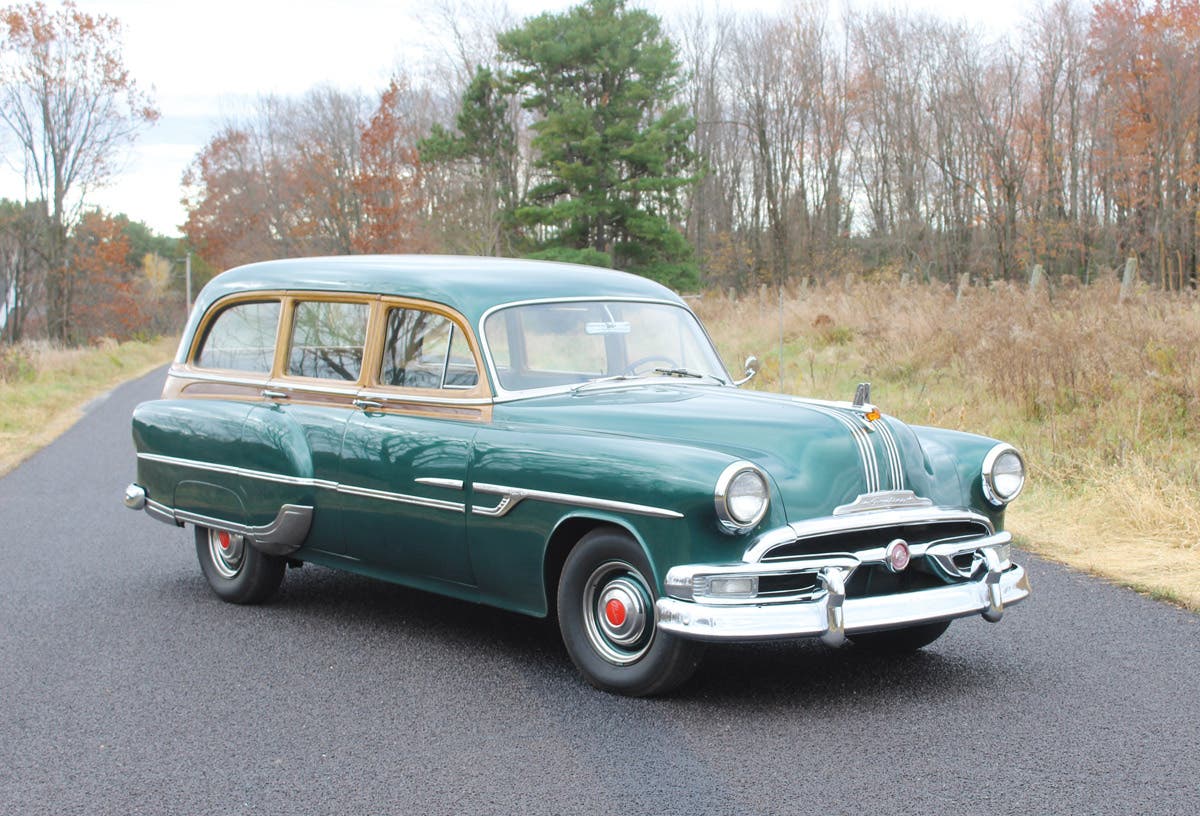‘Turn-key’ Custom Cars
‘Turn-key’ custom car builders produce no-hassle hot rods.
Retired Old Cars Weekly advertising representative Paul Katzke
bought his ’39 Studebaker pickup while he was still a member of
the Old Cars Weekly staff. Like most turn-key hot rod owners,
Katzke showed his car when he first bought it, and now drives it
a little bit more each year.
Prices on turn-key hot rods have zoomed much higher since
Katzke bought his truck, so he made a good investment. However,
not every deal turns out that way, so do your homework before
commissioning the building of a car.
With today’s turn-key hot rods, anyone in the country can drive a cool car without the work or the wait of turning a junker into a jewel. Old Cars Weekly called turn-key builders from Connecticut to California to get a “read” on an industry that promises customers buy-it-and-drive-it dream machines for dreamy prices. We learned about what a turn-key car is, industry demographics, the design process and demand. The builders shared customer service tips that anyone involved in hot rod building can use.
“A turn-key hot rod is something that, when you get it, you get in it and go,” says Mark Wrobleski of Kreative RodWerks in Pheonix, Ariz. “You can pick it up and go straight to a car show.” Wrobleski believes in this definition of a turn-key hot rod and has truly made it work in the case of the “’39 Studebaker pickup” he builds.
Wrobleski said Rick Hansen did most of the design work on this vehicle before Wrobleski stepped in with the business skills to handle marketing. Retired Old Cars Weekly staff member Paul Katzke, of Oxford, Wis., purchased a truck very much like Wrobleski’s custom Studebaker trucks. Katzk’s truck probably can’t be considered a completely “turn-key” hot rod since he actually wound up finishing it himself, but he said Wrobleski’s approach to turn-key-car building would have saved him lots of hassle.
A turn-key hot rod is commissioned to be built, and the buyer should be able to take possession, jump in and go. The car should be tested and broken in. High performance is usually a feature of turn-key hot rods.
The car should also be ready for titling, registration and state inspection. Many of the cars include options that range from leather and Wilton wool interiors to Aldan coil-over suspensions with Wilwood four-wheel discs. A good turn-key hot rod should surpass most modern cars in luxury and ride.
A typical turn-key hot rod buyer these days is in the 30-60 age bracket. Most buyers are established, busy professionals who are married and have already sent their kids off to college. They are people with disposable incomes; usually baby boomers with a nostalgic connection to the time period in which the cars originated.
Designing a turn-key hot rod takes more than a few sketches. There is a lot of interest in the cars, but it often takes 50 “hits” for a builder to land a sale — maybe even more in today’s economy. The process includes the initial consultation with the customer, the selection of the drivetrain and under-car equipment, the choice of body material (steel, fiberglass or carbon fibre), the selection of the exterior and interior design, the locating and ordering of parts and sometimes the creation of a scale model.
Many builders use favored vendors for frame rails, suspensions and other components. Having design experience or talent is a must. Wrobleski describes the ’39 Studebaker pickup he builds as, “a bold collaboration of things we liked.” According to Wrobleski, the designer did not label his creation that way. “The name ’39 Studebaker pickup came from other people who thought that’s what the vehicle looked like.”
Often viewed as “kit cars,” turn-key hot rods are really custom-designed vehicles. Most builders use sales literature and Web sites to guide customer choices and list selling points, but the final design is often a matter of customer preference. Like restoration shop owners, the turn-key hot rod builders of today often use their Web sites to show weekly progress and post project photos.
The types of cars that are built vary. Some builders replicate authentic hots rods, such as the 1932 Ford or the 1940 Ford. Others have gone the turn-key route with vehicles ranging from a classic ’41 Buick to a nifty-’50s ’56 Ford hardtop to a muscle-bound ’69 Road Runner. Everything from fat-fendered street rods to ’60s pony cars are included in the genre. Wrobleski’s ’39 Studebaker, in fact, is benefiting from a surge of Interest in hot rod pickups.
One overriding trend is a desire for great handling, balanced chassis and modern drive trains. Companies such as Muscle Up, in Janesville, Wis., are building complete, bolt-in rolling chassis for a number of muscle cars and pony cars. Cobra replicars are another high-demand item at these shops.
Wrobleski said that good communication is required between the builder, his customers and his employees.
“You have to keep on track with everyone and keep them in the middle of the loop,” Wrobleski said. “I keep them involved in the manufacturing system and logged in on the whole thing by computer.”
A builder needs space to store parts and cars and the timely ordering procedures. Managers, shop foremen and production workers must work as a team to get cars done, and utilizing outside suppliers helps in providing a smooth flow of parts so that project completion dates can be met.
Many turn-key car builders say their creations hit the show car circuit first, but wind up being driven later. The cars are really built to be driven, even though most see only limited use.
“The cars we have done are of esoteric value and lead pampered lives,” said Bob Bennett of Bennett Coachworks in Milwaukee, Wis.
Some customers, however expect too much according to Wrobleski, even from builders who do everything right.
“We had a customer ask to get a car done in a week,” said Wrobleski. “He saw a car built on the ‘Overhauling’ TV show and didn’t understand why it takes us four months. We talked to him using our knowledge and honesty and he finally calmed down and saw the reality of a build.”



